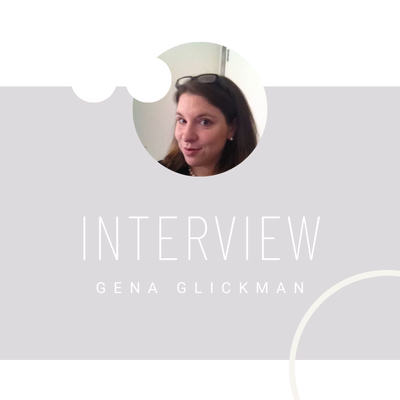Here’s a weird thing about shift workers: Their sleep duration doesn’t always predict how sleepy they feel. Which is weird because… shouldn’t it? After all, somebody who sleeps for a longer period of time should feel less sleepy than someone who sleeps only for a short period of time, right? This paradox isn’t actually that […]
Interview with Dr. Gena Glickman
Could you tell us a little bit about yourself and your research? I’m an Assistant Professor in the Departments of Psychiatry and Neuroscience at Uniformed Services University of the Health Sciences as well as Director of the Chronobiology, Light, and Sleep Lab in Bethesda, Maryland. Immediately prior to arriving at USUHS, I was in San […]
Interview with Dr. Hrayr Attarian
Thanks for joining me today. You have such an impressive resume. Would you mind telling me about yourself and how you got into sleep medicine? While studying for my undergraduate in biology, I took a class in abnormal psychology, and one of the lectures was about dreams, which piqued my interest in psychology and sleep […]
Interview with Dr. Jonathan Charest
Could you tell us a bit about yourself and your research? I am currently a postdoctoral fellow at the University of Calgary in the Department of Kinesiology, working on the validation of the athlete sleep screening questionnaire with student-athletes, as well as the impact of prior concussion sleep and its relationship to recovery from a […]
The Future of Circadian Rhythms in Healthcare (Chronomedicine)
Sleep is heavily influenced by your circadian rhythms, but it’s not the only function in your body that falls into that category. In fact, circadian rhythms govern almost every process our body carries out over the day, including metabolism, immune response, DNA repair, and physical performance. One topic that’s been getting a lot of buzz […]
Interview With Bharath A.
Thanks so much for joining us this morning! Could you tell us a little bit about yourself and your research interests? I am currently a theoretical and computational chronobiologist. I work in the area of circadian clocks. My PhD was in the field of wireless communications with a focus on designing new technology to provide […]
Visualizing MESA: Part 2
We’ve already looked at the Multi-Ethnic Study of Atherosclerosis (MESA) dataset—an absolute treasure trove of sleep data, available from the NSRR at sleepdata.org—once, through the lens of sleep duration. But what about other dimensions of sleep health? After all, sleep regularity may be just as important as sleep duration in a number of contexts. We […]
Interview with Dr. Amy Bender
In a recent interview with Dr. Amy Bender, she talks about the importance of improving the sleep of professional athletes. Could you introduce yourself and tell us a little bit about what you work on? I’m the Director of Clinical Sleep Science at Cerebra. We’re a sleep technology company focused on better diagnosis and treatment […]
Visualizing MESA, pt. 1
One of the things we’re interested in as scientists is what longitudinal, large-scale data collection can tell us about sleep. Along those lines, one of our research projects involves looking at how models of circadian rhythms, as well as different sleep regularity metrics, can help us understand different outcomes for different folks. And as part […]
Scientific Tests
Algorithms are really easy to mess up. Take your pick for how: overfitting to training data, having bad training data, having too little training data, encoding human bias from your training data in the model and calling it “objective”. Feeding in new data that’s in the wrong format. Typos, subtle typos, nightmarishly subtle typos. Your […]










